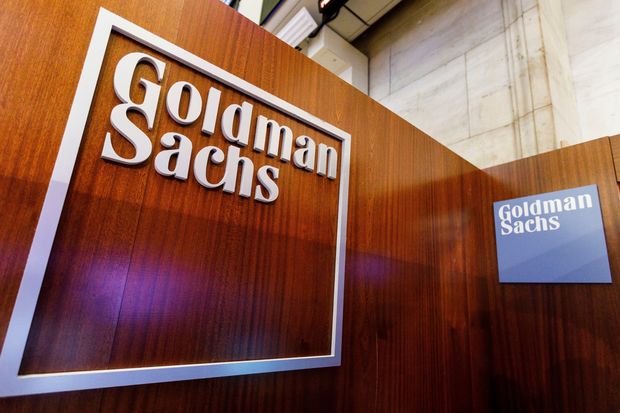The Gold climbed to $ 1931 an ounce, the highest settlements in history. While this incident influence the crowd expect to $ 2000 an ounce soon. Within the next 12 months, the Goldman Sach forecast expects $ 2300 an ounce. From $ 22 to $ 30 the investment bank also lifted its silver outlook.
According to the Goldman, there are many factors which push the gold price higher which include the fear of increasing political uncertainty rising concerns which involve another spike in COVID-19 pandemic in the country, rising inflation and increase in government debt and also the concern that the US dollar is seeing a downtrend to the Chinese Yuan. The debt building up as a result of the COVID-19 pandemic may lead to debasement fears, analyst says. As the governments debase their fiat currencies to deal with the rising debt, the analysts see the potential for higher inflation.
As a result of the rising debt built up by policymakers seeking to combat the economic impact of the COVID-19 virus, debasement risk is increasing. Compared to other commodities such as oil and base metals gold is not the best hedge against inflation. The analyst also stated that it is the best asset in the current environment since it appears that inflation would be driven by currency debasement. Because of its limited supply and regarded to have inherent value, gold is seen as a safe commodity, which implies that fears of inflations, as well as other economic turbulent such as the COVID-19 recession, could drive up the demand for the gold. For the current environment, bitcoin has also been named a haven asset.
The analyst also stated that the inflation risks remain low today, if a confluence of factors came together it could push inflation up in the future. Those factors include record-low interest rates which are the new steps taken by the Federal Reserve to expand its balance sheet and rising debt. Several observers are believing that the world is now witnessing the start of the end of the dollar’s role as the world’s reserve currency. Like the soaring US trade deficit Americans not saving enough, and others, there are several interrelated factors which support this view. The current trends are putting the US dollar as the world’s dominant currency.

